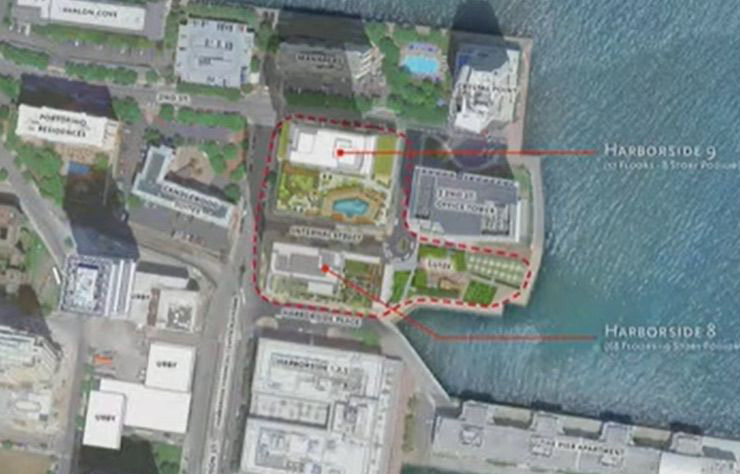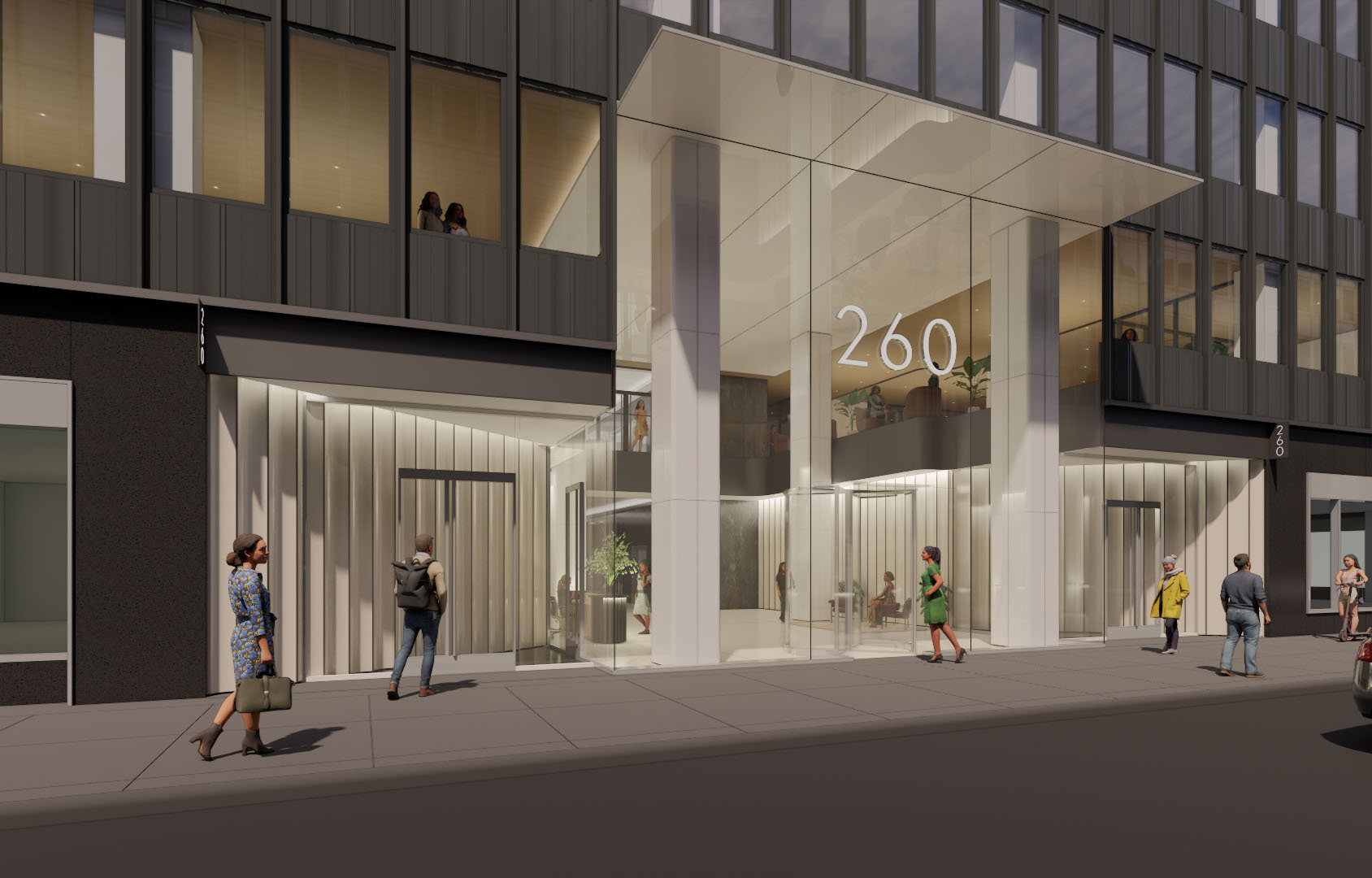Local Law 97 is set for 2024 and building owners are running out of time - by Jim Woods

Passed as part of the 2019 Climate Mobilization Act, Local Law 97 is one of the nation’s most ambitious laws to reduce carbon emissions, and it’s just around the corner.
Local Law 97 officially takes effect in a few months, and New York City property owners must realize that the city will strictly monitor and enforce its groundbreaking law to reduce greenhouse gas emissions. Landlords, property management companies, as well as co-op and condo boards, must immediately take stock of their building’s energy use and proactively start planning their short- and long-term energy management strategies now.
Time is of the essence. For owners, early preparation will be the key to avoiding hefty fines, building cost-effective long-term sustainability plans, and demonstrating earnest efforts to help the city become carbon neutral by 2050.
Building owners should first understand Local Law 97’s basic requirements. The city may publish and update guidance continuously, but the basic foundation has already been set for the city’s largest buildings.
Starting in 2024, the city will assign carbon emission caps for buildings larger than 25,000 s/f, two or more buildings on the same tax lot that together are over 50,000 gross s/f, as well as two or more buildings owned by a condo association and governed by the same board of managers that exceed 50,000 gross s/f. The law applies to approximately 50,000 buildings, and building owners will be required to meet increasingly stricter carbon emission limits over a series of compliance periods. Covered buildings will also have to file a compliance report by May 2025.
Both non-compliance and non-reporting can lead to hefty penalties and fines for owners. Failure to meet the city’s emission limits can result in an annual financial penalty of $268 per ton of CO2 equivalent over the limit. In a recent study, the Real Estate Board of New York (REBNY) estimates up to 3,700 properties may fail to meet carbon limits by year-end and face more than $200 million in annual fines. By the start of the second compliance period in 2030, the same study claims 13,500 properties could face $900 million in yearly penalties.
For 2024-2029, owners will need to identify which upgrades are necessary now and which can wait for the next compliance period. If no improvements are made to current building performance, the city estimates 20-25% of buildings will exceed carbon caps set for 2024.
Looking ahead to 2030 and beyond, owners should also plan to space out investments to avoid backloading any necessary expenditures. Based on current performance, 75% of buildings will exceed carbon emission limits in 2030 (the start of the next compliance period). Thus, over the next six years, most property owners will have to actively invest in improving their building’s performance and energy efficiency.
Whether for short or long-term planning, all owners will first need to determine energy usage. Use the Department of Building’s Benchmarking tool and work with a certified architect to determine if your building complies with Local Law 97. For those in the initial planning phase, the NYC Accelerator offers a free tool to estimate energy use and find qualified service providers.
Ultimately, to implement building energy improvements in a cost-effective and timely manner, you’ll need a team of architects, energy consultants, and lawyers to help navigate ways to reduce energy usage, apply for potential adjustments and deductions, and determine the best ways to fund energy efficiency upgrades.
To ensure the city can achieve a carbon-free future together, policymakers must also consider how to reward well-intentioned efforts from smaller condominiums and co-ops creatively. Even early preparation may not be enough for these smaller properties, to overcome complex legal, technical, and financial challenges.
One promising approach is to better define and recognize when building owners are making a “good faith” effort to comply with the law. For example, a co-op board might realize retrofitting their older building will be significantly more expensive than expected. As the board figures out its financing options in 2024, the building must show good -faith efforts to earn a grace period for potential fines. Demonstration of serious efforts can include an architect-certified plan of recommended upgrades or proving finalization of financing for some, if not all, necessary upgrades.
Local Law 97 is only a few months away, yet far too many building owners are still inadequately prepared. To meet the city’s climate goals and avoid a tremendous financial burden, building owners must aggressively plan their retrofits now, and policymakers must implement greater incentives to reward efforts.
James Woods is the managing partner of Woods Lonergan PLLC, New York, NY.
Berger and Koicim of Marcus & Millichap sell 17-unit multi-family for $8.8 million


Strategic pause - by Shallini Mehra and Chirag Doshi

AI comes to public relations, but be cautious, experts say - by Harry Zlokower

Lasting effects of eminent domain on commercial development - by Sebastian Jablonski









.jpg)
.gif)
.gif)